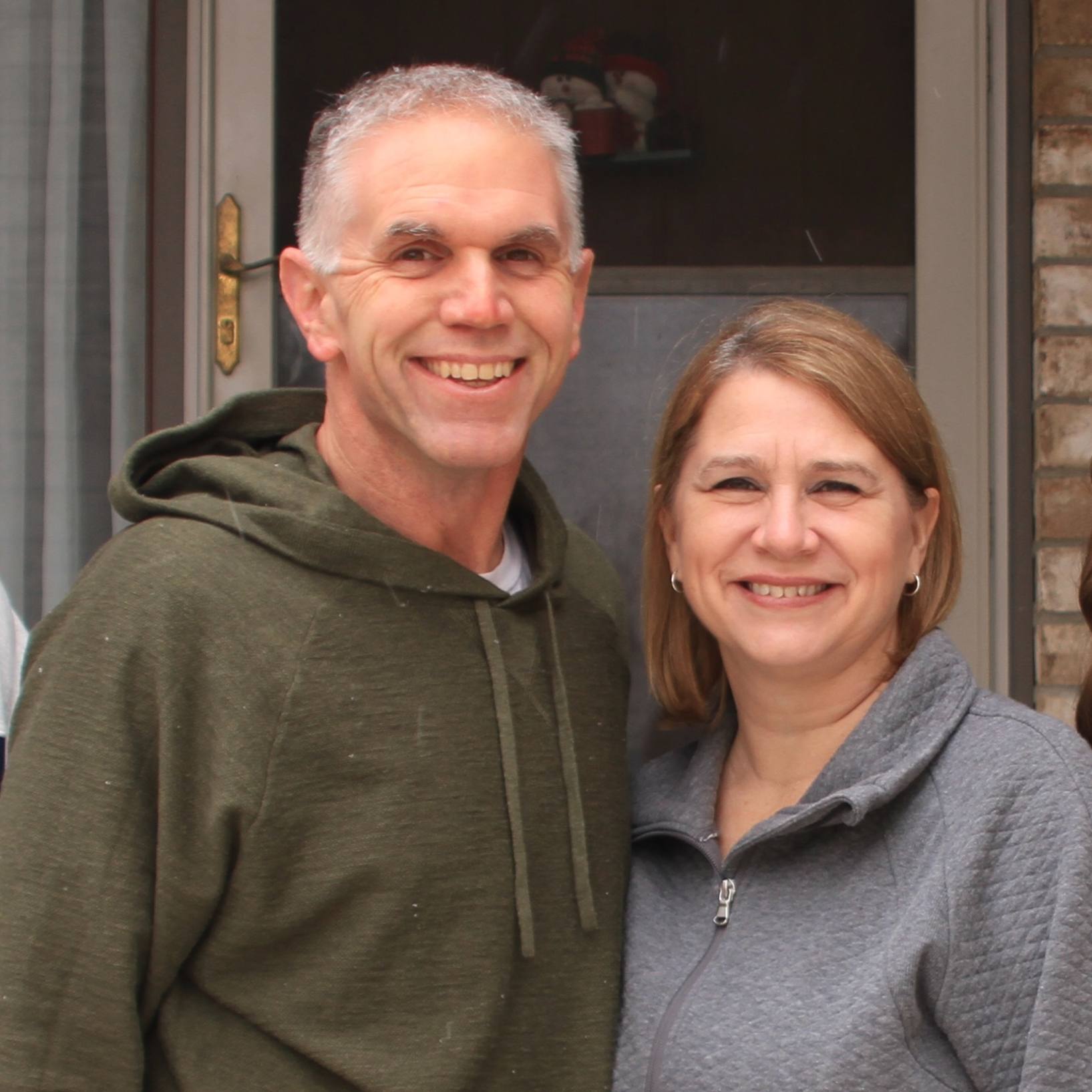-
Featured News
Housecall: Diagnosing and treating balance problems
 THIS WEEK'S TOP STORIES
THIS WEEK'S TOP STORIES
Balance problems
Feeling unsteady or dizzy when you stand, sit or lie down may indicate a balance problem. Many body systems — including your muscles, bones, joints, vision, nerves, heart and blood vessels, and inner ear — must work normally for you to have normal balance. Many medical conditions can cause balance problems. Learn more about the symptoms and causes of balance problems and when you should see your health care provider.
Treating pain: When is an opioid the right choice?
Opioid medications, commonly called narcotics, are used for managing pain, including cancer-related pain and sudden, acute pain after surgery or a traumatic injury. Long-term use of opioids can lead to physical tolerance, misuse, addiction and unintentional overdose. The Centers for Disease Control and Prevention calls the problem of opioid misuse an epidemic. Learn more about whether an opioid medication may be the right choice for you and the safeguards that are essential.
EXPERT ANSWERS
Does biting my nails cause any long-term damage?
Nails are formed within the nail bed, just beneath where the cuticles begin. As long as the nail bed remains intact, nail-biting isn't likely to interfere with fingernail growth. However, there are other risks. Learn more from Dr. Lawrence Gibson, a Mayo Clinic dermatologist.
Can a head injury increase my risk of Alzheimer's disease?
Certain types of head injuries may increase your risk of developing Alzheimer's disease or other types of dementias later in life. The factors that seem to affect your risk include your age at the time of the injury and the severity of the injury. Learn more from Dr. Jonathan Graff-Radford, a Mayo Clinic neurologist.
PLUS ADDITIONAL HIGHLIGHTS
Herbal supplements and heart medicines may not mix
Essential tremor
Nonallergic rhinitis
Slideshow: Hand exercises for people with arthritis
HEALTHY RECIPES
Roasted salmon with maple glaze
Alfredo sauce
Fish tacos with tomatillo sauce
Tomato basil pesto sauce
HEALTH TIP OF THE WEEK
Tooth flossing 101
Flossing is the most effective way to remove plaque and food particles from between your teeth. Break off about 18 inches (46 centimeters) of dental floss. Wind most of the floss around the middle finger on one hand, and the rest around the middle finger on the other hand. Grip the floss between your thumbs and forefingers. Guide the floss between your teeth using a rubbing motion. When the floss reaches your gumline, curve it against one tooth. Use the floss to rub the side of the tooth in an up-and-down motion. Unwind fresh floss for your next tooth.
Need practical advice on diet and exercise? Want creative solutions for stress and other lifestyle issues? Discover more healthy lifestyle topics at mayoclinic.org.
Receive a free e-subscription to Housecall and other health newsletters.







